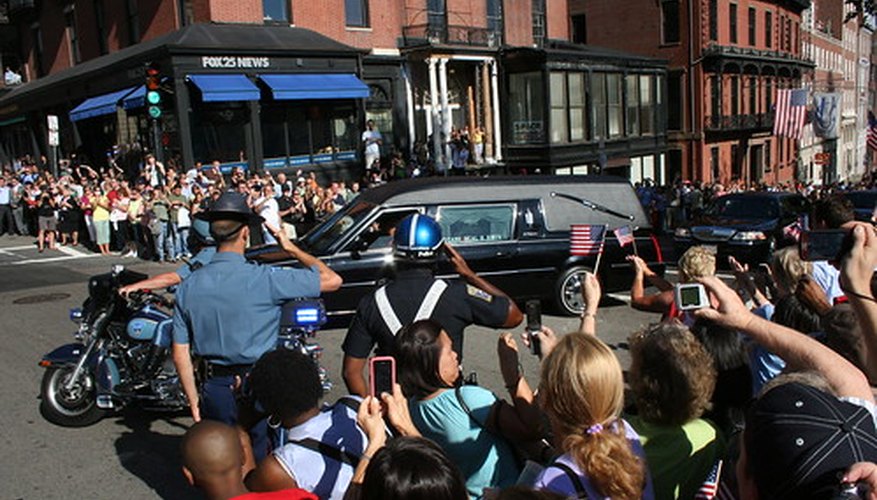Funeral processions to the cemetery are a standard part of the customary final rites when a person dies. Mourners drive their vehicles in single file behind the hearse that carries the deceased to the cemetery. Knowing the local traffic regulations governing funeral processions prevents accidents and infractions.
Vehicle Identification
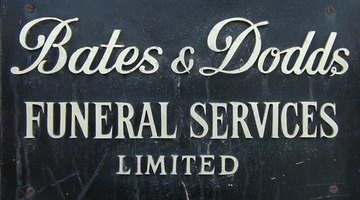
Normal identifiers for vehicles participating in a funeral procession are small flags or banners attached to the vehicle's radio antenna and activated headlights. The lead vehicle may also have flashing lights attached to the front or top.
- Funeral processions to the cemetery are a standard part of the customary final rites when a person dies.
- Normal identifiers for vehicles participating in a funeral procession are small flags or banners attached to the vehicle's radio antenna and activated headlights.
Escort Vehicles
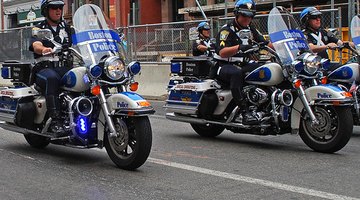
When a funeral procession is lengthy (for example, with dozens of vehicles), one or more police escorts may be necessary to ensure safety. The escorts ride beside the funeral cortege with their emergency lights flashing. All procession drivers must follow the escorts' instructions.
Right of Way
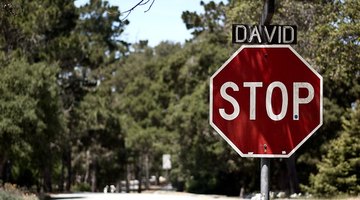
Several states (for example, Missouri, Illinois, Delaware and California) and municipalities mandate that traffic must yield the right of way in intersections and roundabouts to vehicles in the procession.
Liability
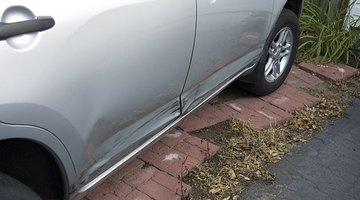
Even though you are driving a vehicle in a funeral procession, you are not relieved of the responsibility for maintaining road safety. If you have an accident while in a funeral procession, your insurance company will determine your liability.
Local Traffic Regulations
There is no single, uniform statutory regulation for funeral processions. Local funeral directors are aware of the regulations and will be able to provide guidance to procession drivers.
